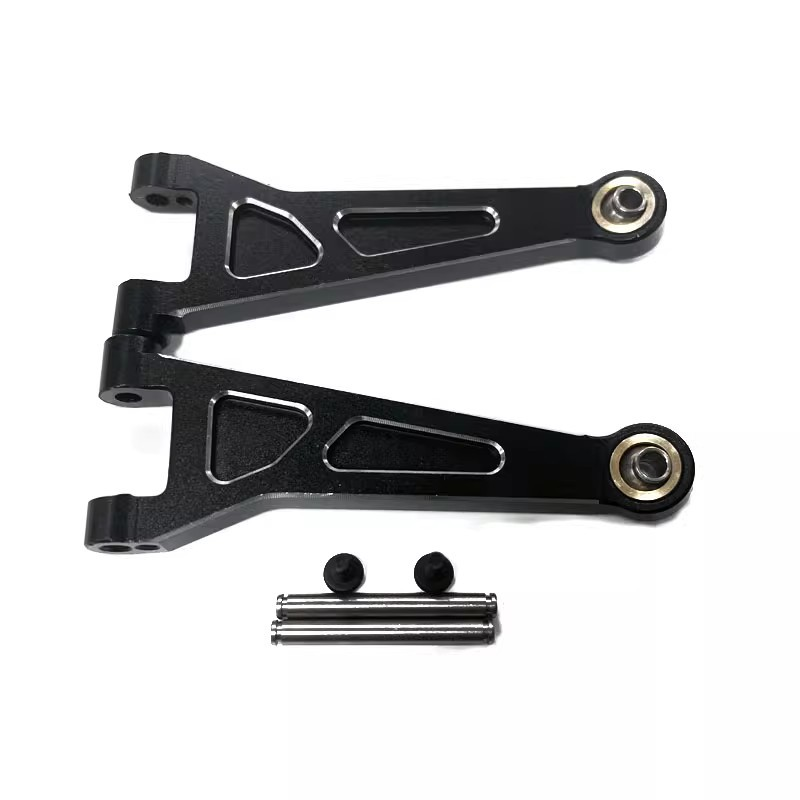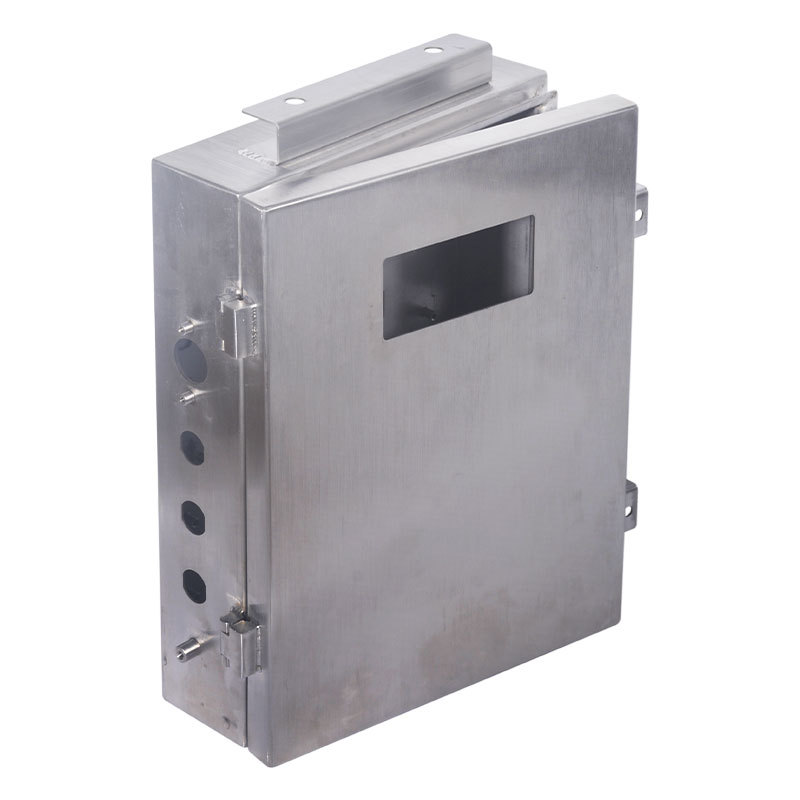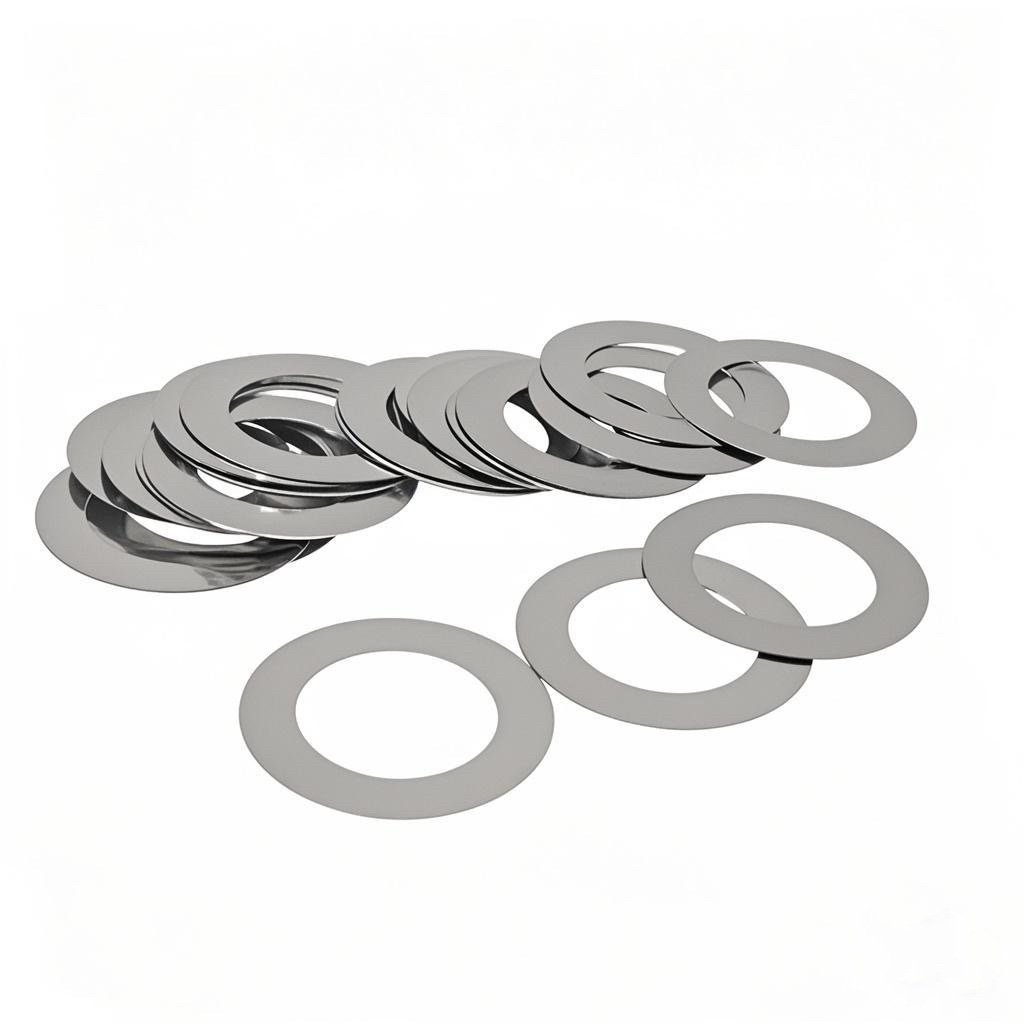Metal fabrication is the essential bridge between a design concept and a tangible product.
This process allows ideas to transform into sturdy, functional, and precise metal structures.
Whether you’re working on a small project or an industrial component, understanding the design-to-fabrication stages is key to achieving quality results and optimizing production.

Transitioning from design to metal fabrication involves several steps, each ensuring the product’s functionality, durability, and alignment with specifications.
In this guide, we will break down each phase, from initial planning and material selection to assembly and finishing, to help you understand how to take a concept to completion.
Let’s dive into the specifics of metal fabrication, uncovering the necessary skills, equipment, and techniques involved in bringing a design blueprint to life.

What Is the Metal Fabrication Design Process?
Metal fabrication uses a range of techniques to turn raw materials into final products, whether simple or highly complex.
Each stage in the design-to-fabrication process ensures the product meets design specifications while maintaining strength and durability.
Here’s an in-depth look at each phase:
1. Design and Planning
The initial phase is all about creating precise blueprints or CAD models.
With modern CAD software, designers can create detailed, accurate renderings of a part, which makes adjustments easier and ensures the design is optimized for the intended application. CAD also allows for clear communication with the fabrication team, reducing errors and time spent on revisions.
2. Material Selection
Material choice is vital in metal fabrication, as it determines the product’s strength, weight, and resistance to corrosion.
Metals like steel, aluminum, and copper each offer unique advantages—steel is strong, aluminum lightweight, and copper resistant to corrosion.
The selected material must align with the intended function and environment of the final product, ensuring it withstands both time and use.
3. Prototyping
Before committing to full-scale production, creating a prototype is a smart step.
Prototyping allows engineers to test the design, troubleshoot potential issues, and make any necessary adjustments.
This phase is often where practical insights arise, as physical models reveal aspects that digital simulations may overlook, ensuring any final adjustments are made before mass production begins.

4. Cutting, Bending, and Forming
Approved designs move into the cutting and shaping phase, where precision is critical.
Cutting methods like laser, plasma, or waterjet cutting are used to achieve precise cuts on metal sheets.
Once cut, bending or forming techniques shape the metal into its final form.
Depending on the project requirements, forming methods may include press braking, rolling, or specialized forming tools to get the precise angles and shapes needed.
5. Welding and Assembly
With metal pieces cut and shaped, the next step is welding and assembly.
Skilled fabricators use methods like MIG, TIG, or arc welding to join the pieces based on the project’s structural needs.
Assembly then puts these welded components together, forming a complete structure that can handle the intended load and functional demands.
Precision in welding and assembly ensures the final product’s integrity and reliability.
6. Finishing
The finishing stage involves any final treatments, such as sanding, polishing, or powder coating.
This stage not only improves appearance but also adds protection, reducing rust and enhancing durability.
Quality control checks are conducted during finishing to ensure each product meets all specifications, design standards, and safety guidelines.
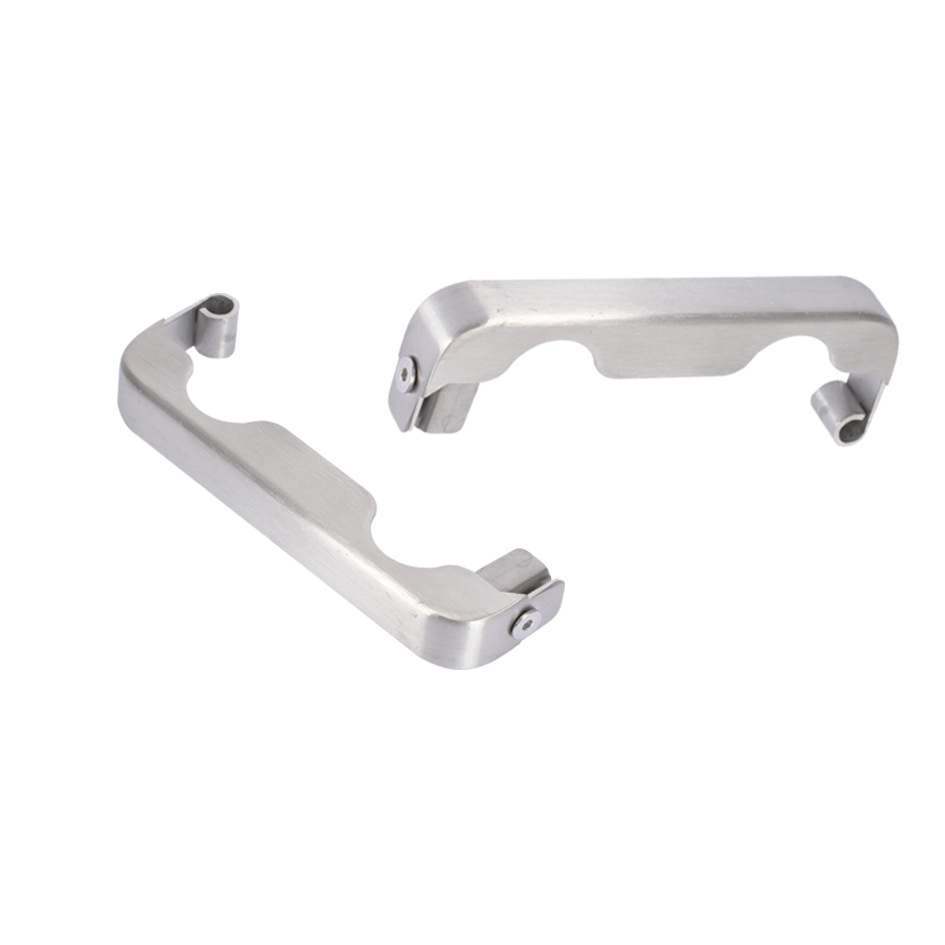
Is Metal Fabrication a Good Career Path?
Metal fabrication is an engaging and rewarding career for individuals who enjoy working with their hands, problem-solving, and using technical skills.
Metal fabricators are essential in many industries, including aerospace, construction, and product manufacturing, where demand for their skills remains high.
Experienced metal fabricators can often advance to leadership positions or specialize in high-demand areas, such as aerospace fabrication or custom metalworking.
Many fabricators also branch out on their own, starting fabrication businesses that cater to niche markets.
As they gain expertise, fabricators often earn well-above-average salaries compared to other technical fields, particularly if they gain certifications or specialize in advanced welding and fabrication techniques.
Is Fabrication the Same as Design?
No, while related, fabrication and design are distinct stages in production.
• Design is the conceptual phase, where the product’s function, dimensions, and material requirements are mapped out, often through CAD software.
Designers focus on visualizing and planning, ensuring each part of the product serves its intended purpose.
• Fabrication, on the other hand, is the execution phase. Here, designs are transformed into physical products through cutting, welding, bending, and assembly processes.
Successful projects require seamless communication between designers and fabricators.
This ensures the final product meets both the aesthetic and practical requirements, minimizing costly mistakes or redesigns during production.
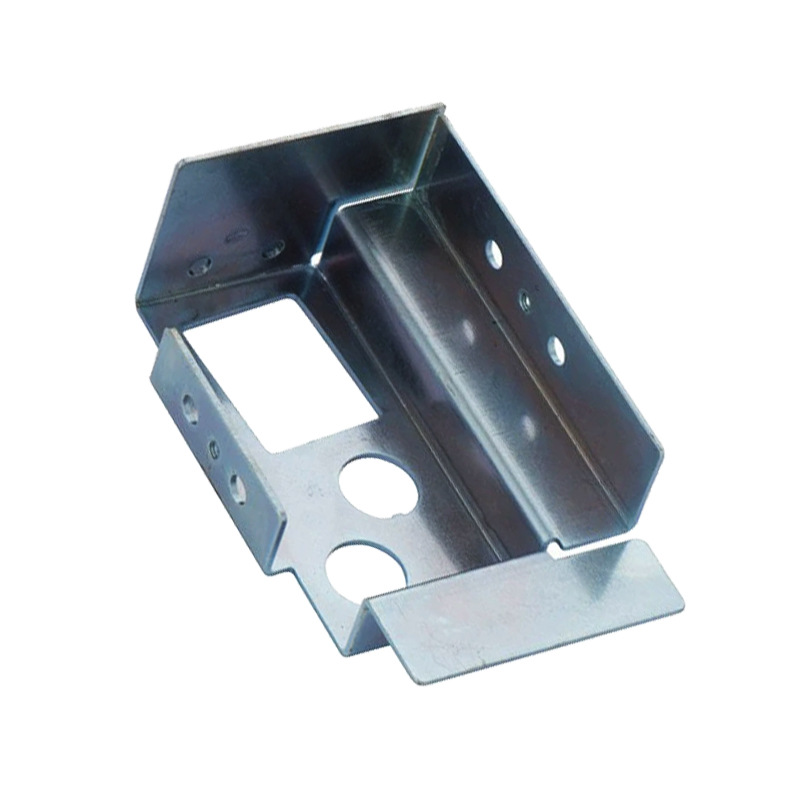
How to Get Started in Steel Fabrication?
For those interested in steel fabrication, here’s a roadmap to get started in this rewarding field:
1. Gain Foundational Education
A strong foundation in subjects like mathematics, physics, or technical drawing is helpful.
These areas support an understanding of measurements, material behaviors, and structural dynamics—core elements of metal fabrication.
2. Technical Training
Many vocational schools and technical colleges offer specialized training in metal fabrication, covering everything from materials and machinery to welding techniques.
Such programs often include certifications that are valuable credentials in the field.
3. Apprenticeships
Hands-on experience through apprenticeships allows beginners to work under seasoned fabricators.
Learning directly in the field, apprentices become proficient in reading blueprints, using advanced tools, and applying techniques that turn designs into precise metal products.
4. Certifications
Depending on your region, certifications may be necessary for specific roles.
For example, in the U.S., certifications from the American Welding Society (AWS) can enhance job prospects and qualify fabricators for specialized roles.
5. Build Essential Skills
Metal fabrication demands physical endurance, precision, and technical skills.
Proficiency in techniques like welding, bending, and cutting is essential, as is familiarity with CNC machinery, which has become integral to modern fabrication.
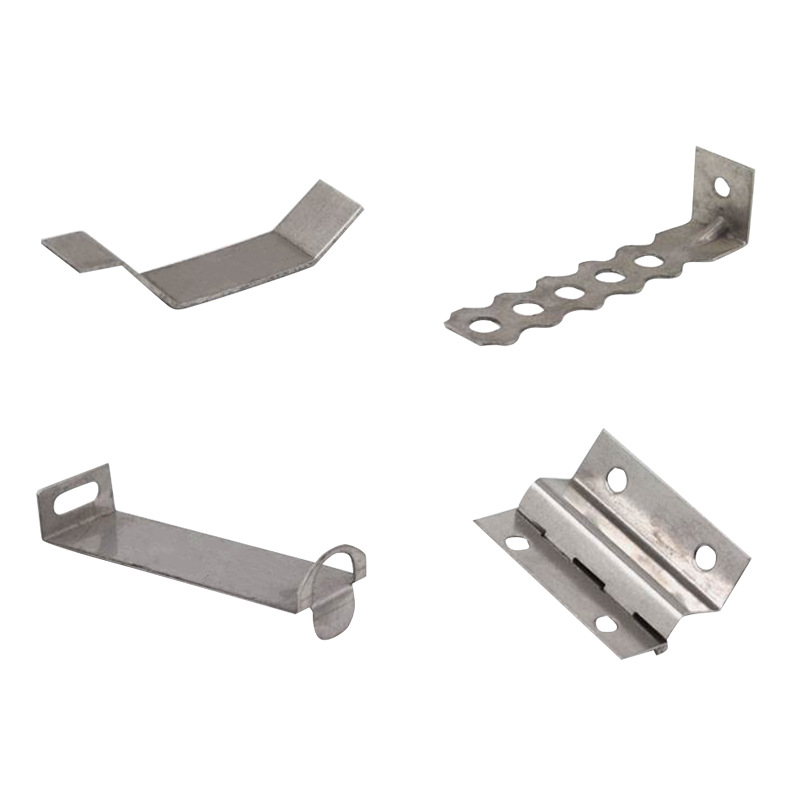
Summary
Going from design to metal fabrication is a detailed journey that demands careful planning, material selection, and skilled execution.
For designers, engineers, and hobbyists alike, understanding each stage—design, material choice, cutting, welding, and finishing—will ensure a successful project and a high-quality final product.
Metal fabrication isn’t just a valuable career path; it’s a profitable business venture, especially for those who specialize in high-demand areas.
By mastering both the design and fabrication processes, you can transform concepts into robust, functional, and visually appealing metal products, meeting the needs of diverse industries and applications.



